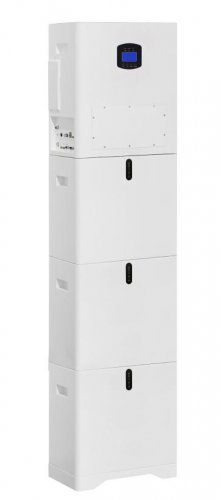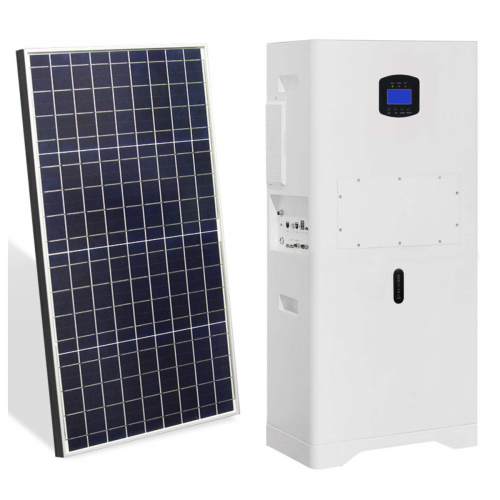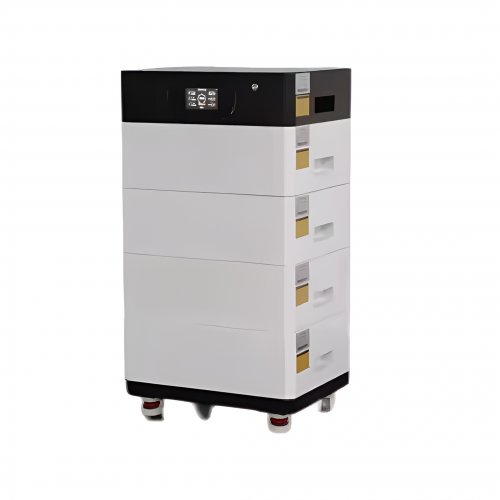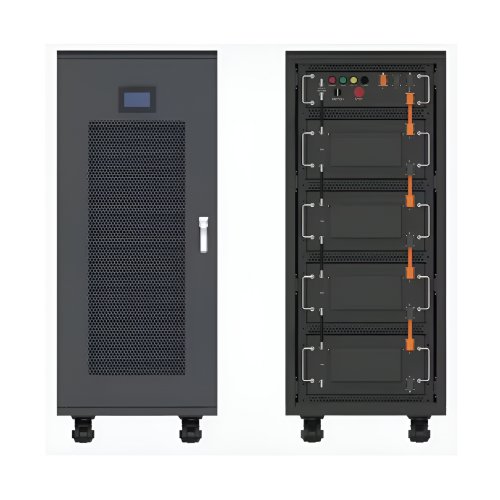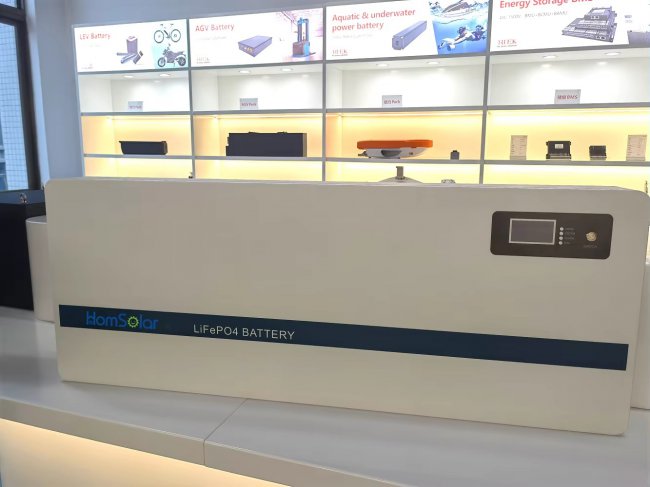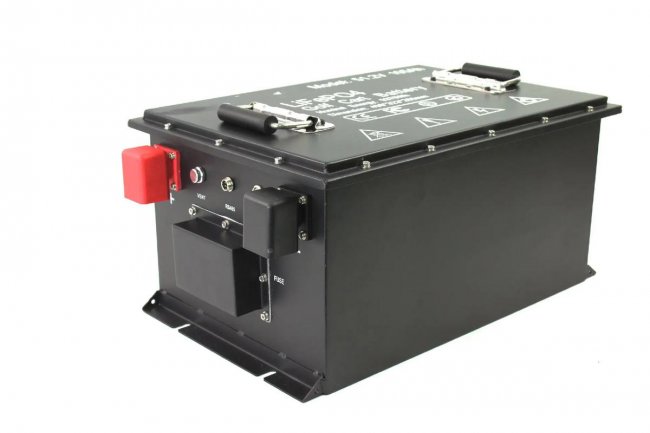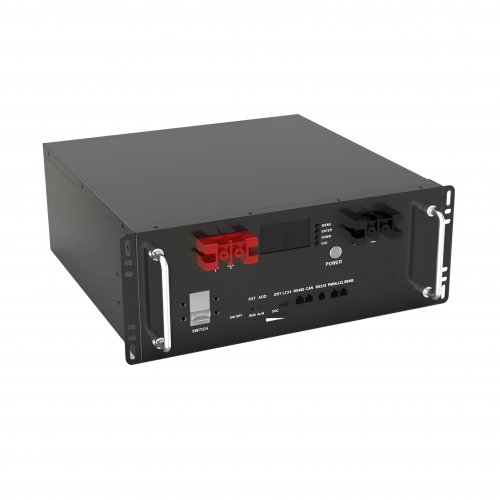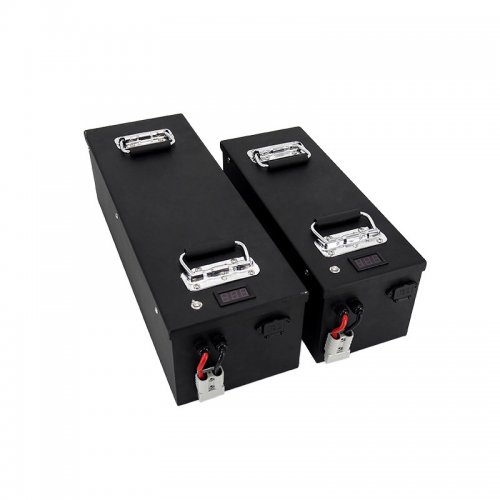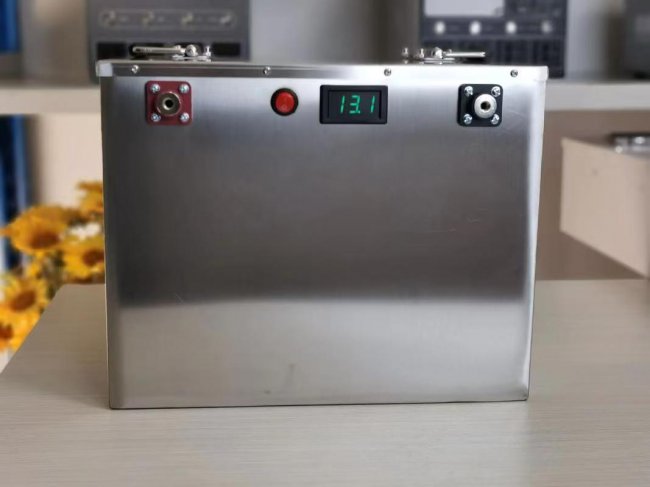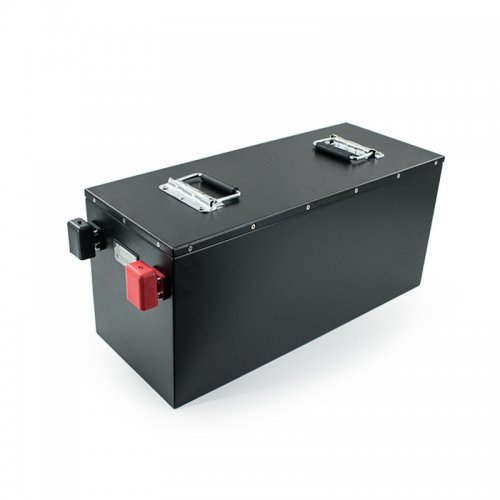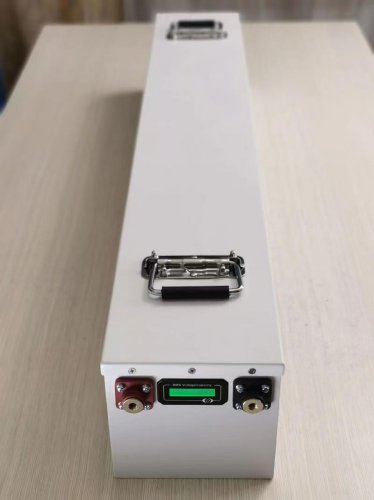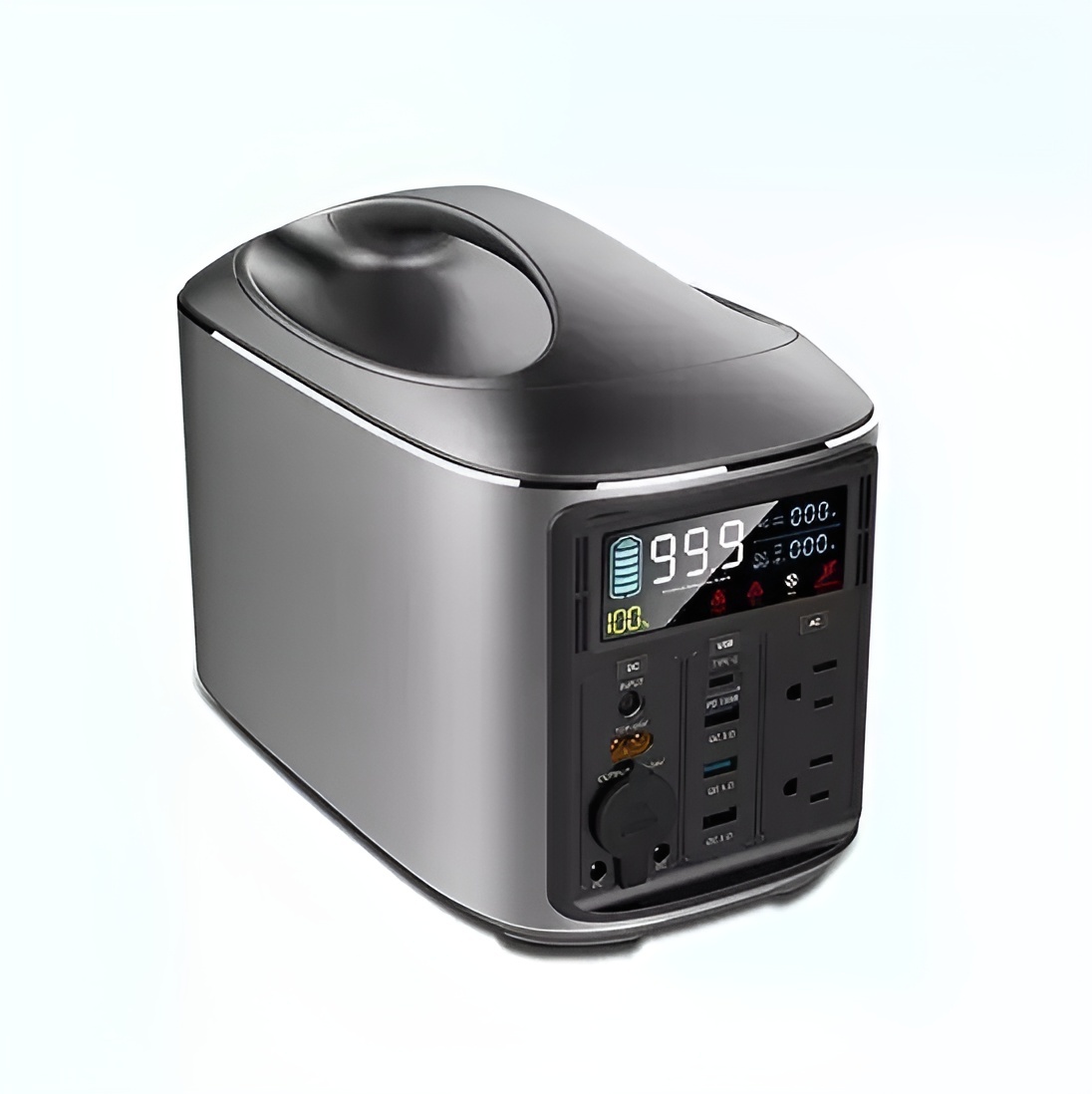How To Use State Of Charge: A Comprehensive Guide To Monitoring And Managing Your Batterys Health
The term "State of Charge" (SoC) is a fundamental metric for anyone who uses battery-powered devices, from smartphones and laptops to electric vehicles (EVs) and home energy storage systems. In essence, it is the battery equivalent of a fuel gauge, expressed as a percentage that indicates how much energy remains relative to the battery's total capacity when fully charged (100%). However, effectively using and interpreting SoC goes far beyond simply glancing at a percentage. This guide will provide you with detailed steps, practical tips, and crucial precautions to master the use of State of Charge for optimizing battery performance, health, and longevity.
Understanding the Basics: What SoC Really Means
Before diving into usage, it's vital to understand what SoC represents. It is an estimated value, not a direct physical measurement. Battery management systems (BMS) calculate SoC using complex algorithms that factor in voltage, current flow (amperage), temperature, and historical charge/discharge patterns. This is why SoC can sometimes appear inaccurate, especially as a battery ages or under extreme temperatures.
Step-by-Step Guide to Using State of Charge
Step 1: Locate and Familiarize Yourself with the SoC Display The first step is to find where the SoC is displayed on your device. This is usually straightforward:Electric Vehicles: Displayed prominently on the digital dashboard or infotainment screen, often alongside estimated range.Smartphones/Laptops: Shown as a battery icon with a percentage in the status bar (which can usually be enabled in settings).Solar Batteries & Power Tools: Often shown via LED indicator lights or a dedicated display on the unit or its accompanying mobile app.
Spend time understanding the interface. Does it show just a percentage? Does it combine it with a "time remaining" estimate? Knowing what information is available is the first step to using it effectively.
Step 2: Correlate SoC with Real-World Usage A percentage alone can be abstract. The key is to learn what a specific SoC means for your usage.For EVs: Note how many miles or kilometers you drive for every 10% of SoC depletion under your normal driving conditions (city vs. highway). This will help you predict your actual range more accurately than the car's built-in estimate, which can be optimistic.For Phones: Observe how long your phone lasts from 100% to 20% during your typical day of use. This establishes a personal baseline for your battery's health over time.
Step 3: Utilize SoC for Proactive Planning Use the SoC reading to plan your actions, rather than reacting to a low-battery warning.Trip Planning (EVs): Before a journey, check your SoC and your destination. Use navigation apps that show charging stations along your route. A good rule of thumb is to start looking for a charger when your SoC drops below 20-30%, ensuring you have a comfortable buffer.Device Charging: Instead of letting your phone or laptop die, plan to recharge when the SoC falls to a convenient level, ideally between 20-80%.
Step 4: Monitor SoC During Charging Pay attention to how the SoC increases during charging. A healthy battery will show a relatively steady climb. If you notice the SoC jumping erratically (e.g., from 30% to 60% instantly) or getting stuck at a certain percentage for an unusually long time, it could indicate a calibration issue or a problem with the battery or BMS.
Practical Tips and Operational Advice
1. Embrace the 20-80% Rule: For long-term battery health, the single most effective practice is to avoid extremes. Try to keep your battery's SoC between 20% and 80%. Constantly charging to 100% or depleting to 0% puts significant stress on the battery chemistry, accelerating degradation. Many modern EVs and phones even have built-in settings to limit the maximum charge to 80-90% for daily use.
2. Understand the Impact of Temperature: SoC readings and battery health are highly temperature-dependent.Cold Weather: Battery capacity temporarily decreases in the cold. An SoC of 50% in freezing temperatures does not hold as much energy as 50% at room temperature. You may also experience a sudden drop in displayed SoC when you start using a cold battery.Hot Weather: High temperatures accelerate chemical aging. Avoid charging to 100% and then leaving the device in a hot car, as this combination is particularly damaging.
3. Calibrate Periodically: Since SoC is an estimate, it can drift over time. For devices like smartphones and laptops, a periodic calibration is beneficial. To do this: fully charge the device to 100%, let it drain completely with normal use until it shuts down, and then charge it uninterrupted back to 100%. This helps the BMS recalibrate its SoC algorithm. Performing this once every 1-3 months is sufficient.
4. Trust the Gauge, But Verify with Context: The SoC is a brilliant guide, but it's not infallible. Always combine it with other information. In an EV, use the SoC percentage alongside the estimated range and your knowledge of the terrain and driving style. For a phone, if the SoC drops from 30% to 5% in a few minutes, it's more likely a calibration error than a truly empty battery.
Important Precautions and What to AvoidAvoid Deep Discharges: Never regularly drain your battery to 0% SoC. This is known as a deep discharge and can cause irreversible damage to the battery cells, potentially rendering them unusable.Avoid Continuous 100% SoC: Storing a device at 100% SoC for extended periods (weeks or months) is as harmful as storing it at 0%. If you need to store a battery (e.g., a power tool for the offseason), aim for a 40-60% SoC in a cool, dry place.Don't Panic Over Small Fluctuations: It is normal for the SoC to adjust slightly after a charge is complete or when a heavy load is applied. The BMS is constantly refining its calculation.Ignore "Miraculous" Recovery: If a "dead" battery (0% SoC) appears to recover some charge after being left alone, do not see this as a bonus. This voltage rebound is a sign of a severely stressed battery and indicates that its capacity and health are compromised.
By understanding and thoughtfully applying these principles of State of Charge monitoring, you transition from a passive user to an active manager of your battery's life. This proactive approach will not only prevent unexpected shutdowns but also significantly extend the usable lifespan of your valuable devices, saving you money and frustration in the long run.
Customized/OEM/ODM Service
HomSolar Supports Lifepo4 battery pack customization/OEM/ODM service, welcome to contact us and tell us your needs.


HomSolar: Your One-stop LiFePO4 Battery Pack & ESS Solution Manufacturer
Our line of LiFePO4 (LFP) batteries offer a solution to demanding applications that require a lighter weight, longer life, and higher capacity battery. Features include advanced battery management systems (BMS), Bluetooth® communication and active intelligent monitoring.

Customised Lithium Iron Phosphate Battery Casing
ABS plastic housing, aluminium housing, stainless steel housing and iron housing are available, and can also be designed and customised according to your needs.

HomSolar Smart BMS
Intelligent Battery Management System for HomSolar Energy Storage System. Bluetooth, temperature sensor, LCD display, CAN interface, UART interface also available.


Terminals & Plugs Can Be Customized
A wide range of terminals and plugs can be customised to suit the application needs of your battery products.

Well-designed Solutions for Energy Storage Systems
We will design the perfect energy storage system solution according to your needs, so that you can easily solve the specific industry applications of battery products.



About Our Battery Cells
Our energy storage system products use brand new grade A LiFePO4 cells with a battery lifespan of more than 4,000 charge/discharge cycles.



Applications in Different Industries
We supply customized & OEM battery pack, assemble cells with wiring, fuse and plastic cover, all the cell wires connected to PCB plug or built BMS.
Applications: E-bike, Electric Scooter, Golf Carts, RV, Electric Wheelchair, Electric Tools, Robot Cleaner, Robot Sweeper, Solar Energy Storage System, Emergency Light, Solar Power Light, Medical Equipment, UPS Backup Power Supply.
We can provide you with customized services. We have the ability to provide a vertical supply chain, from single cells to pack/module and to a complete power solution with BMS, etc.


HomSolar (Shenzhen) Technology Co., Ltd







